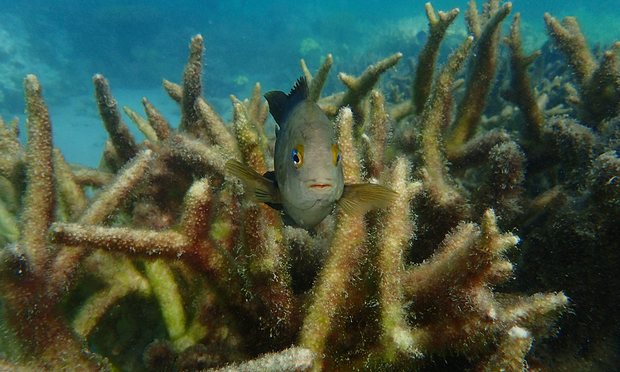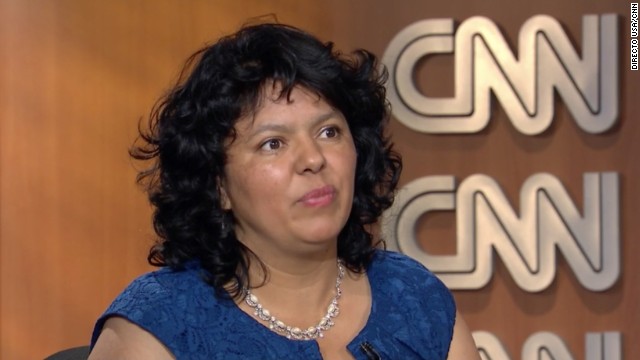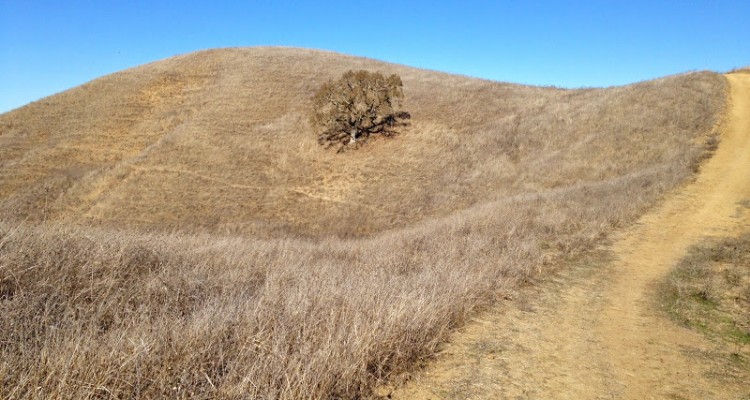By Graham Readfearn Wednesday 8 June 2016 Cover Photograph: Essential Media
Policies and rhetoric around the Great Barrier Reef have rarely matched reality as the natural wonder suffers under the stress of pollution
Coral bleaching at Loomis Reef, off Lizard Island, Great Barrier Reef, Australia.
In late November 2015, as corals across the northern section of the Great Barrier Reef started to bleach white, the game was finally up.
For years, Australians had been told the country’s jewel in the ocean’s crown was on the mend. Only months earlier the Coalition government had won a two-year fight to keep the reef off a United Nations list of world heritage sites in danger.
The stakes were high. International reputations and tourist dollars were at stake. The foreign minister, Julie Bishop, and the trade minister, Andrew Robb, had even attacked Barack Obama, who feared for the reef’s future.
The reef was not in danger, Bishop insisted. The president was misinformed, claimed Robb.
Conservative commentators hanging around News Corp media have said the dangers to the reef were overblown.
The mining industry cast the views of environmentalists as green propaganda, ignoring how for the most part, conservationists were echoing the findings of the government’s own scientists.
The Great Barrier Reef: a catastrophe laid bare
Now, about half the corals bleached in the once pristine northern section are dead or dying.
Then, just two weeks ago, Guardian Australia revealed the government’s scandalous but successful censoring of a Unesco climate report, where all references to the reef and the country were deleted. If the intention was to keep negative commentary from harming tourism, then it backfired badly, as media outlets including theBBC and the New York Times followed the story.
Now these once glorious and vivid animals are suffering the ignominy of a slime green coating after their death.
So that’s the poetic opening over with.
Unfortunately, only by getting into some detail is it possible to understand the Machiavellian tendencies of those who have worked to underplay the reef’s plight.
For a decade or so, government and university scientists have outlined two key tasks to secure the reef’s future – cut fossil fuel emissions and reduce pollution running into catchments.
Fossil fuel emissions have pushed ocean temperatures higher, causing three severe coral bleaching events since 1998. Increasing amounts of CO2 in the atmosphere also make the oceans become more acidic, making it harder for coral to grow.
Several government agencies have repeatedly outlined how climate change is the main threat to the reef’s future.
But almost all of the hundreds of millions of dollars invested by state and federal governments of both colours have gone towards improving water quality – cutting the pollutants running into the reef’s catchments chiefly from sugar cane growing and cattle grazing.
Pollutants damage habitats, kill corals or slow their growth and could be linked to outbreaks of attacks from coral-eating crown of thorns starfish. They also make it harder for corals to recover from storm damage and global warming-driven bleaching.
But has all this investment on water quality worked?
Greg Hunt, the Australian environment minister, will tell you that it has, just like he told the UN world heritage committee that it had, despite knowing of a Queensland auditor general report saying in June 2015 that there was “significant uncertainty” about the water data.
But in April 2016, government scientists at the Australian Institute of Marine Science published a detailed assessment of the state and federal government policies to date to improve water quality.
Put simply, AIMS scientists concluded that progress had been slow and while pollution targets were ambitious, they were unlikely to be met.
Key habitats showed “severe declines in abundance and condition”, populations of species such as sharks, rays and dugongs were falling and water quality was declining. Hardly a glowing endorsement of what Hunt says is the “best-managed marine ecosystem in the world”.
A key problem was that programs targeting farmers were voluntary and only half the land used for cane growing and 10% of grazing land was accredited under the voluntary programs.
Globally, the scientists wrote, the only time that significant reductions in coastal pollution had been achieved anywhere was when governments forced action through legislation.
One key victory for campaigners has been to force governments to legislate against the dumping of dredge materials in reef waters.
Dredging, a process that on its own is damaging regardless of where you drop the spoil is still planned to make way for more coal and gas exports.
And here lies the big rub.
Governments – both state and federal, and Labor and Liberal – continue to support the expansion of Australia’s coal export industry, the same industry that is the chief protagonist of global warming that drove the devastating bleaching this year.
Clearly if only 1C of warming is enough for three bleaching events then we are kidding ourselves if we think 2C is safe.
Professor Terry Hughes
Terry Hughes, a professor at James Cook University and convenor of the National Coral Bleaching Taskforce, says: “Water quality is important, but only for the bottom two-thirds of the reef. The part that’s bleached to blazes was the most pristine part with no coastal development – that’s the part Australia used to argue to the UN that the whole reef should be kept off the danger list. Now it’s wrecked – from Port Douglas to New Guinea.”
Hughes says there’s a mismatch between Australia’s support for coalmining, the country’s endorsement of a UN target to keep warming “well below 2C” and apparent concern for the reef.
Advertisement
“Clearly if only 1C of warming is enough for three bleaching events then we are kidding ourselves if we think 2C is safe,” says Hughes.
But there’s also been another form of pollution damaging the reef in the form of partisan propaganda that has left some people confused about the true state of the natural icon.
This is where an army of invective language has been filled with an infantry of strawmen arguments.
Queensland’s main newspaper, the Courier-Mail (I worked at the newspaper for four years, leaving in 2010) has published several pieces underplaying the significance of the bleaching, often failing to mention the role of human-caused global warming in the disaster. The newspaper has been accused of underplaying the recent bleaching – an accusation the newspaper rejects.
Some scientists were so frustrated by the muted coverage from the Courier-Mail they took out an advertisement in its pages to get their message across.
The Courier-Mail, together with other News Corp columnists, were also caught misrepresenting the views of Sir David Attenborough, who, despite the claims, had not said that report’s of the reef’s demise had been “exaggerated”.
Over at the Australian, the newspaper last yearpublished a column from Canadian climate science denier Patrick Moore claiming the science linking ocean acidification and coral damage to fossil fuel use was all bunk. Coral experts said the column was “highly misleading” and “very, very wrong”.
Even in the Times in Britain, a scientist accused the newspaper of “cherry-picking” an interview that had led to the headline: “Scientists are ‘exaggerating carbon threat to reefs and marine life.” The story also made its way into the Australian.
The coalmining industry has also polluted the public space with disingenuous arguments and misrepresentations.
At one stage, the Queensland Resources Council ran television advertisements claiming a government-funded study proved the industry and port development were not harming the reef. The study itself said the opposite.
The apparent objective with many of these actions – the berating of Obama, the lobbying, the censorship and the creative interpretation of scientific findings – is to try and control the narrative around the reef by denying what’s clearly evident to everyone else.
The Great Barrier Reef – a unique wonder of the natural world – is collapsing under the strain of pollution, propaganda and policy failures.






